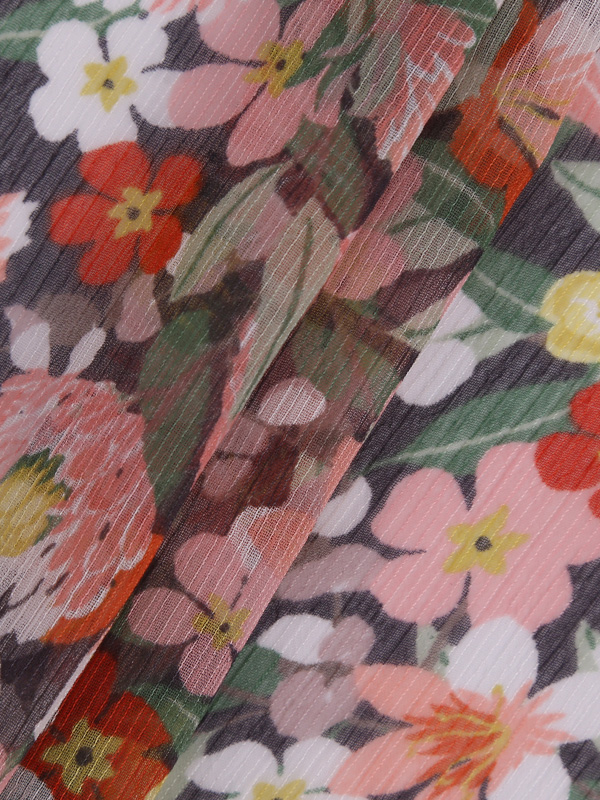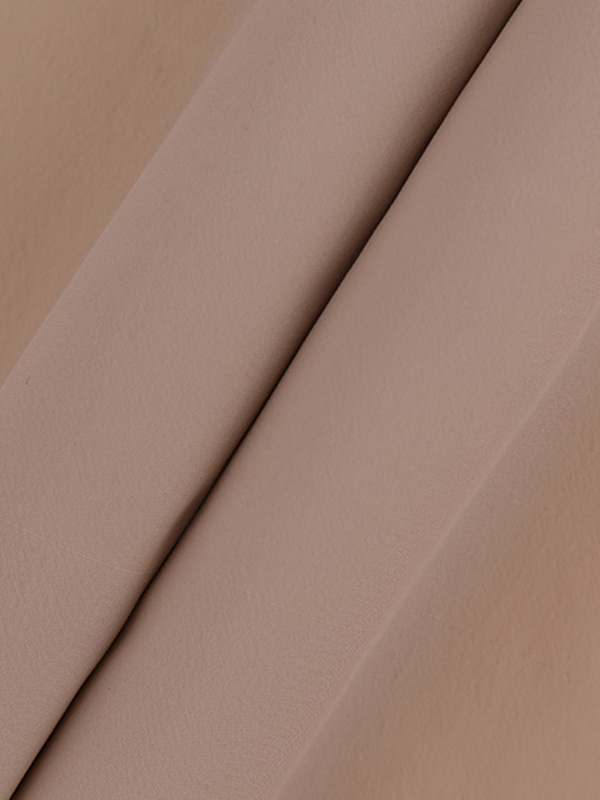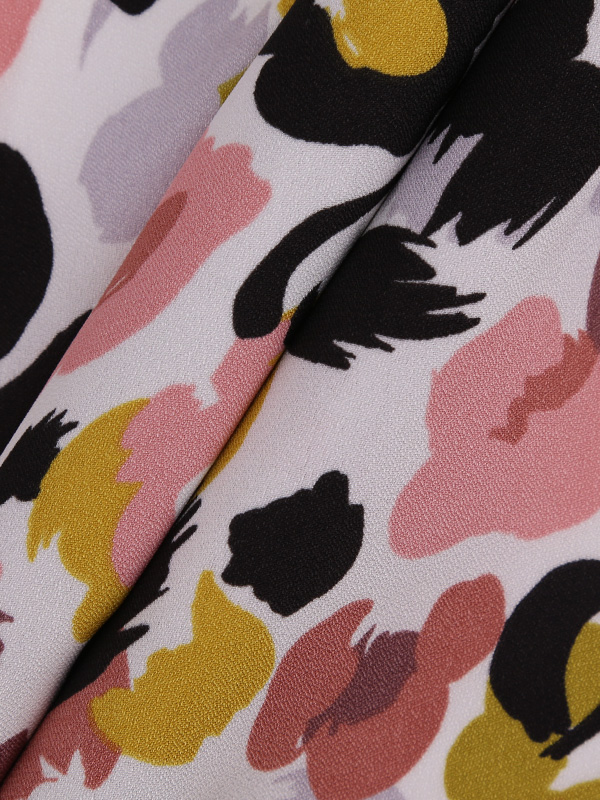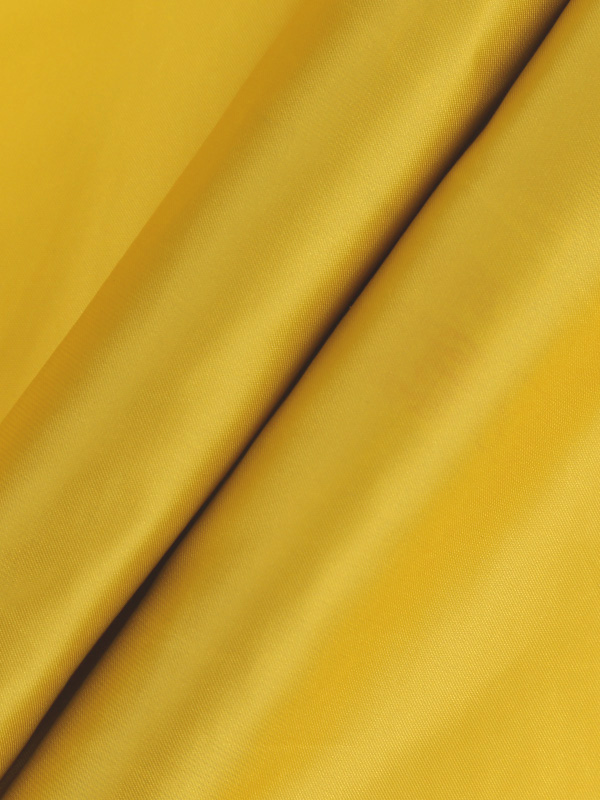How to solve the problem of firmness in the printing process of waterproof nylon cloth
As one of the problems often encountered in nylon cloth printing, printing fastness has always been a technical difficulty in the industry, especially when printing on waterproof nylon cloth, its fastness is always difficult to reach the required technical level. In fact, the fastness of nylon cloth printing is affected by various factors such as the type of nylon cloth. Therefore, in the study of fastness, it is necessary to analyze the printing adaptability of different materials, select the most suitable ink and other materials, and pay attention to the operation. Technology can guarantee the printing effect.
1. Differently analyze the influence of water repellency and water repellency on the printing fastness. In people's real life, the waterproofness and water repellency of fabrics are usually confused. In fact, in dyeing and finishing technology, the two are two different concepts that are both related and different. The so-called water repellency means that it does not touch water. For example, water on the lotus leaf can form rolling water droplets, which indicates that the lotus leaf has strong water repellency. If nylon cloth is water-repellent, it will have water-repellent properties like lotus leaves. The so-called waterproofness means impermeable, such as a nylon poncho coated with glue on one side, it is not permeable even in a pouring rain. If the nylon cloth is not only waterproof, but also water-repellent, a multi-functional product with water-repellent, waterproof, wind-proof and warm-keeping properties can be obtained.
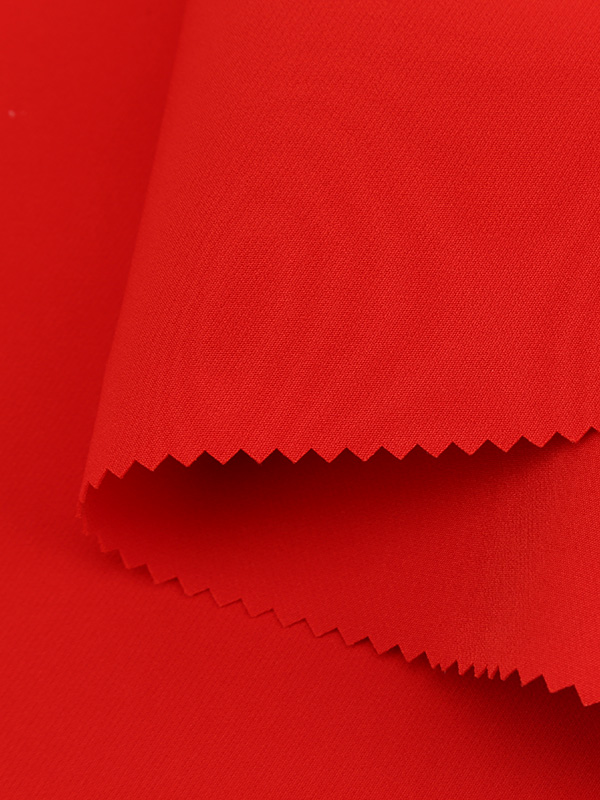
Usually, the printing of waterproof nylon cloth is not printed on the glued side, but on the un glued side. Therefore, the water repellency has little or no effect on the printing fastness, and it is the water repellency that affects the adhesion of the printing paste to the fiber surface. The greater the water repellency, the greater the impact. In dyeing and finishing, the commonly used fabric water-repellent finishing agent organosilicon compound is also a release agent used to process release transfer printing paper. It is conceivable that the water repellency of printed nylon or polyester fabrics makes it difficult to print fastness.
In nylon cloth printing, due to the different varieties of nylon, some of them are only waterproof, some are only water-repellent, some are both waterproof and water-repellent, and some are neither waterproof nor water-repellent. Water repellent. Therefore, before printing, it is necessary to carry out actual identification in order to treat them differently. According to the strength of the fabric's water repellency, the selection of printing paste and process technical conditions is determined.
2. The relationship between nylon fabric fiber properties and printing fastness. Unlike natural fibers, nylon or polyester fibers are both synthetic fibers. Their basic characteristics are that the molecular structure is very tight, the water absorption is small or even non-absorbent, and the surface of the fiber is very smooth to the touch. Therefore, the pigment printing paste cannot penetrate deep into the fiber, but only adheres to the fiber surface of the fabric. Its fastness depends entirely on the adhesion of the adhesive (resin) to the fiber surface and the mechanical properties of the resin film itself. Therefore, the printing fastness of nylon or polyester fabrics is far behind that of natural fibers.
3. Select the appropriate printing paste. At present, there are two main types of slurry used for nylon or polyester fabric printing: water-based printing slurries and solvent-based printing inks. As far as their resin components are concerned, they are mainly polyacrylates and polyurethanes. These two types of resins can be made into both water-based emulsions and solvent-based inks. In terms of process application, they are divided into one-component and two-component. For printing fastness, solvent-based ink is better than water-based emulsification, polyurethane is better than polyacrylate, and two-component is better than one-component. It can be seen that the fastness of the two-component solvent-based polyurethane ink is the best. Of course, in actual production, environmental protection should also be considered. Therefore, the selection of printing paste should be as practical and feasible as possible.


 English
English Chinese
Chinese